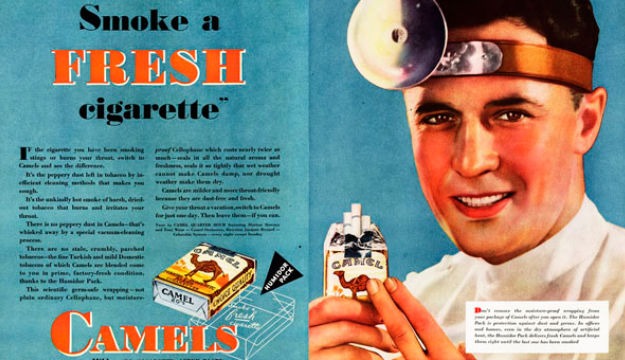
The secret to success: A strong brand drives sales and business value.
In today’s business world, it is easy to get lost in operational and financial details. However, there is one intangible element that is often overlooked, but has a huge impact on the success of a business: the brand.
Why is branding so important?
A brand is not just a logo or an attractive name. It is the total summary of how customers perceive a business. A strong brand generates trust, loyalty and, ultimately, a significant increase in sales and overall company value.
Increases trust and loyalty levels. When customers trust a brand, they are more willing to buy its products or services, even if they are slightly more expensive than those of competitors. Trust is built through consistency, quality and the promise of value.
Differentiation in a competitive market. In a sea of options, a well-defined brand allows you to stand out, communicate a unique value proposition and connect with your target audience.
Increased sales volume. A strong brand attracts new customers and retains existing ones, resulting in a steady increase in sales volume.
Higher business value. The value of a brand can represent a fundamental part of the total value of a company. While the value of a company considers tangible and intangible elements, the value of a brand focuses on its ability to generate future revenues and profits. According to Millward Brown research, brands represent, on average, more than 30% of the stock market value of companies in the S&P 500 stock index in the United States.
Examples illustrating the power of a strong brand
Google. Google’s brand value represents approximately 50% of its value as a company.
Apple and Microsoft. Brand value represents 36% and 29% of their enterprise value, respectively.
Coca-Cola and Gucci. Studies indicate that for Coca-Cola, the percentage attributable to the brand is 65%, while for Gucci it is 83%.
These examples show that brand value can far exceed the value of a company’s physical assets.
Why is it crucial for small and medium-sized enterprises (SMEs)?
For SMEs, building a strong brand is even more important.
Leveling the playing field. A well-defined brand can help SMEs compete with larger, more established companies.
Increase customer loyalty. SMEs often have the opportunity to build closer relationships with their customers. A brand that reflects these values can generate even greater loyalty.
Promoting growth. A strong brand facilitates the expansion and launch of new products or services.
Increase the value of the business. A valuable brand can be a key asset when seeking financing or considering its sale.
How is the value of a brand calculated?
The value of a brand can be calculated through different methods that analyze both financial aspects and consumer impact. These methods include:
Financial metrics. They consider market share, profitability, revenues, price levels and growth rates.
Soundness metrics. They evaluate brand recognition, customer loyalty and licensing potential.
Consumption metrics. They analyze customers’ buying behavior and their feelings about the brand, measuring relevance, emotional connection and value perception.
In addition, there are valuation methods that consider historical cost, replacement cost and relief from royalty. Incremental discounted cash flow models are also used to determine the future cash flows attributable to the brand, comparing the cash flows that would be generated by a branded company versus an unbranded company.
How to build a successful SME brand
Define the unique value proposition. What differentiates the company from the competition?
Identify the target audience. Who are you targeting? What are their needs and desires?
Create a consistent visual identity. Use a logo, colors and typography aligned with the brand strategy.
Communicate the message clearly, coherently and consistently. Ensure that all communication channels convey the same brand image.
Use a logo, colors and typography aligned with the brand strategy. Deliver on promises and exceed consumer expectations.
In a world where competition is fierce, a strong brand is an invaluable asset.
It not only drives sales, but also increases the overall value of the business.
For SMEs, investing in building a strong brand is one of the best decisions to ensure long-term success.











